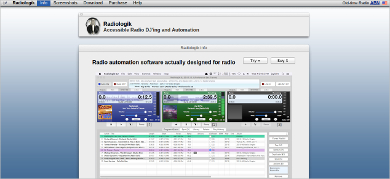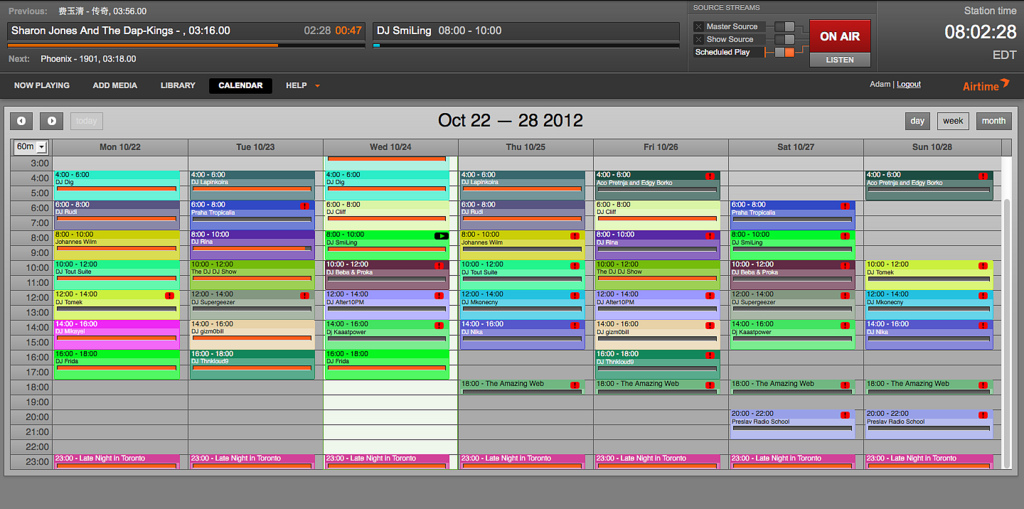

The audio input is segmented in an unsupervised way in 1–2 s segments, from which i-vectors are extracted. Identity vector (i-vector) has been the standard feature extraction procedure for speaker recognition and, by extension, speaker diarization. In some cases, DER only refers to speaker error to simplify the evaluation.

The first two errors refer to voice activity detection error, while the third refers to the assignment of speech segments to a wrong speaker. It is defined as the sum of missed speech error, false alarm speech error and speaker error. diarization error rate (DER) is commonly used to measure the performance of speaker diarization systems. In both strategies, the goal is to converge to the optimum number of clusters/speakers. In the first approach, the model is initialized with one (or a few) clusters, while in the latter with an excessive number of clusters. The number of clusters corresponds to the number of different speakers. Two main approaches are dominant in the literature: top-bottom and bottom-up clustering. It includes the sub-tasks of segmenting the input audio and assigning each segment to a certain speaker. Speaker diarization is defined as the problem of deciding “who spoke when?”, which serves many applications in broadcasting, conferencing, and intelligent information retrieval. The results are considered encouraging regarding the applicability of the proposed methodology.

The supervised speaker recognition model for 24 speakers scores an accuracy of 88.34%, while unsupervised speaker diarization scores a maximum accuracy of 87.22%, as tested on an audio file with speech segments from three unknown speakers. Several clustering algorithms are evaluated, having the d-vectors as input. The trained model is used for the extraction of fixed-size identity d-vectors. Since not all speakers are known in radio shows, a CNN-based speaker diarization method is also proposed. The model is based on a convolutional neural network (CNN) architecture. For the needs of a typical radio station, a supervised speaker classification model is trained for the recognition of 24 known speakers. The application offers typical live mixing and broadcasting functionality, while performing real-time annotation as a background process by logging user operation events. A web application for live radio production and streaming is developed. In this paper, a framework for knowledge extraction is introduced, to improve discoverability and enrichment of the provided content. Audio-on-demand has shaped the landscape of big unstructured audio data available online. Radio is evolving in a changing digital media ecosystem.


 0 kommentar(er)
0 kommentar(er)
